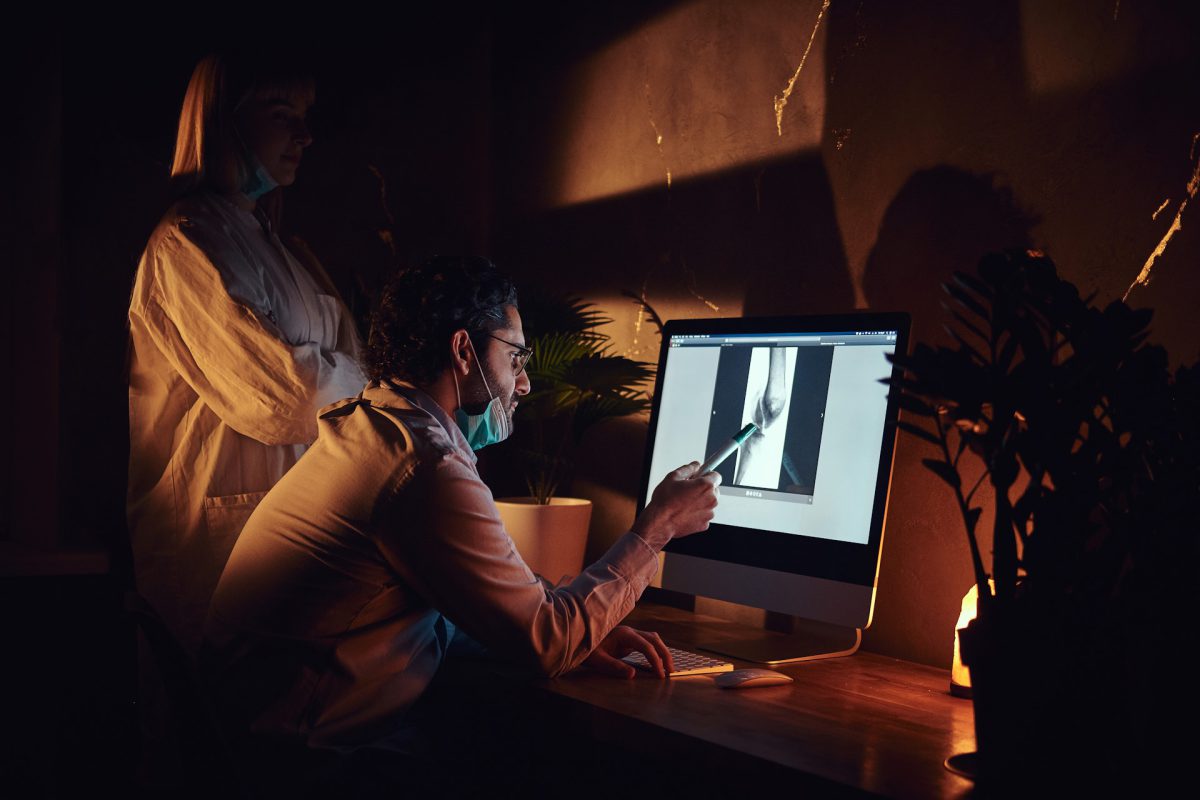Medical
Radiology and Emergency Medicine: The Power of Rapid Diagnostics
In the fast-paced world of emergency medicine, quick and accurate diagnoses are vital for effective patient care. Radiology takes center stage in this field, providing critical diagnostic information that helps identify and manage life-threatening conditions. This article explores the intersection of radiology and emergency medicine, highlighting the significance of rapid diagnostics and their impact on patient outcomes.
Importance of Radiology in Emergency Medicine:
Radiology plays a pivotal role in emergency medicine, enabling healthcare professionals to swiftly assess injuries, detect internal bleeding, identify fractures, and evaluate organ damage. Through imaging techniques like X-rays, CT scans, and ultrasounds, emergency physicians can rapidly diagnose and initiate appropriate treatment plans.
Imaging Modalities in Emergency Radiology:
Different imaging modalities are commonly used in emergency radiology, including X-rays, CT scans, MRI, ultrasound, and nuclear medicine. Each technique has its strengths and limitations, serving various purposes in emergency scenarios.
Trauma Imaging:
Timely imaging is crucial in trauma cases, aiding in the assessment of injuries and guiding critical interventions. Radiology helps evaluate head injuries, spinal fractures, chest trauma, and abdominal injuries, facilitating accurate diagnoses and prompt treatment.
Stroke and Neurological Emergencies:
Radiological imaging techniques, such as CT angiography and MRI, are instrumental in diagnosing and triaging strokes and other neurological emergencies. Collaboration between radiologists and emergency physicians helps determine the most suitable treatment pathway for stroke patients.
Pediatric Emergencies:
Emergency radiology plays a vital role in evaluating pediatric patients. This section discusses the unique considerations and challenges involved in imaging children, including radiation safety, sedation, and the use of child-friendly techniques. Expertise in pediatric radiology ensures accurate interpretation of images.
Point-of-Care Ultrasound (POCUS):
Point-of-care ultrasound is a valuable tool in emergency medicine, providing real-time imaging at the patient’s bedside. It aids in diagnosing cardiac emergencies, abdominal pain, and trauma, expediting care and decision-making processes.
Radiology-Driven Protocols and Quality Improvement:
Collaboration between radiologists and emergency physicians has led to the development of radiology-driven protocols and quality improvement initiatives. These efforts enhance patient care, reduce unnecessary imaging, and optimize resource utilization.
Conclusion:
Radiology’s role in emergency medicine is indispensable, providing rapid and accurate diagnoses that are crucial for effective patient management. From trauma cases to stroke emergencies and pediatric care, radiologists and emergency physicians work together to deliver timely interventions. With ongoing advancements in imaging technology and collaborative approaches, the integration of radiology in emergency medicine continues to evolve, ultimately improving patient outcomes in critical situations.

